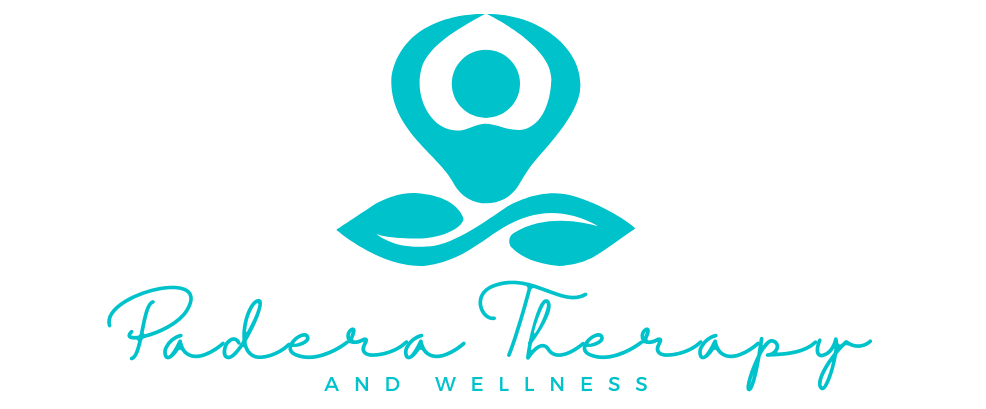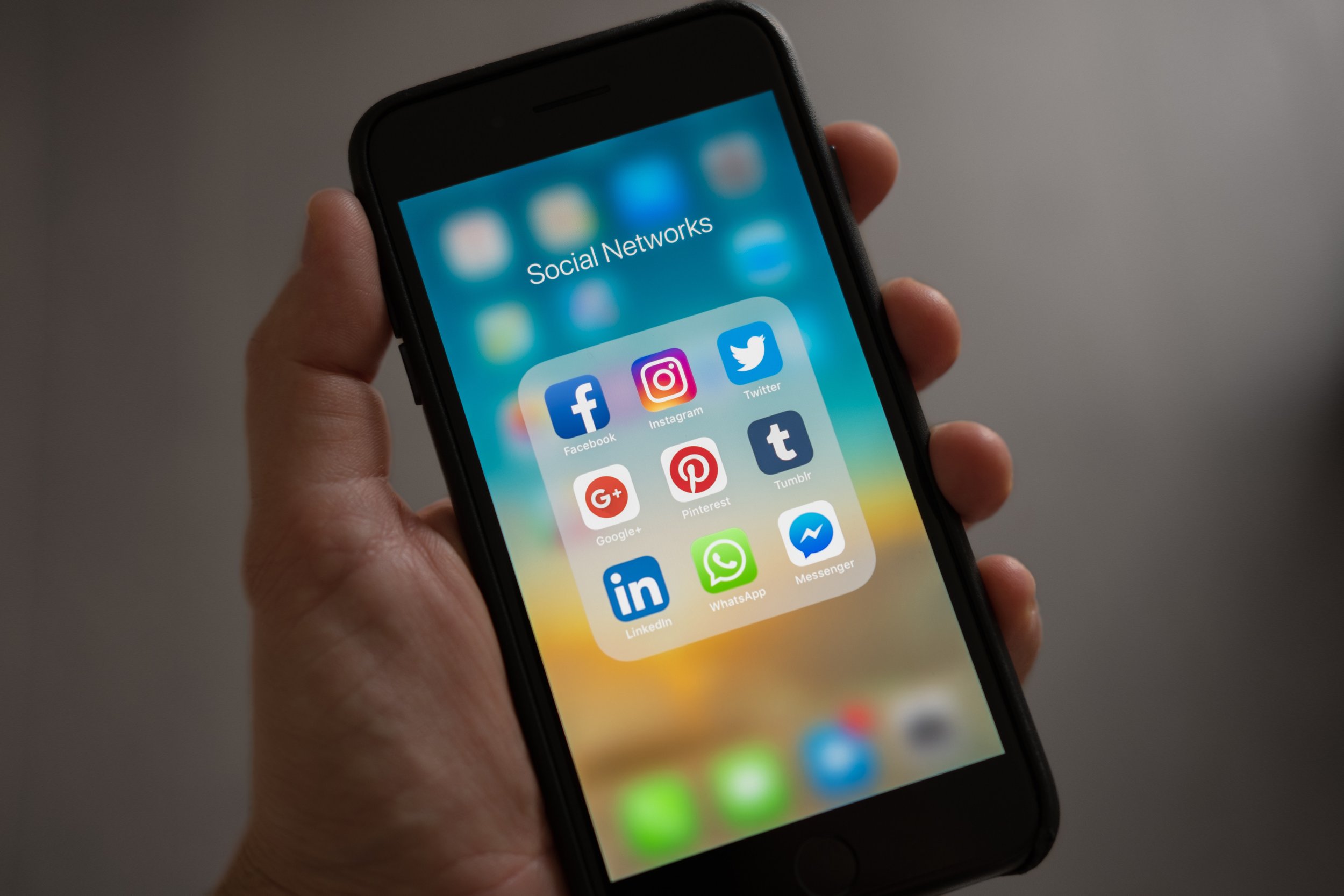How to Keep Social Media from Driving You Crazy
For most of us, our relationship with social media is fraught with complicated feelings.
For most of us, our relationship with social media is fraught with complicated feelings. We’ve seen the documentaries, read the think pieces, and heard the stories about how social media isn’t great for our mental health. We know the statistical correlation between social media use and eating disorders, increased depression, anxiety, body image issues, and even self-harm tendencies. However, we also know that it is an increasingly important tool we can use to stay connected with friends and family all over the world, as well as being a place of inspiration, connection, joy, and learning. And whether we are engaged in healthy activities on it or not, social media platforms can quickly become consuming.
All of these pieces (healthy and not) can become overwhelming as we are constantly inundated with information from our various social platforms. The relentless updates can feel like an assault on the senses—our brains quickly try to take in more information than they can realistically process. But as much as we may occasionally long for the days before the barrage of likes, tweets, news updates, and addicting TikTok content, social media and its impact on our lives is here to stay. Still, rather than hopelessly giving into the addiction or entirely divorcing ourselves from it (or more likely, getting stuck in the yo-yo between de-activating and re-activating), we may want to find a middle ground. Here are some ideas for developing a sustainable relationship with technology so that we can use and enjoy the value of it, while minimizing the downsides:
1. BE INTENTIONAL
Notice the emotions that trigger social media use. What were you feeling right before you opened the app? Was it boredom? Sadness? Insecurity? Anxiety? Curiosity? We tend to make the excuse, “It’s just a habit!” rather than digging into our patterns and tendencies. It may be a habit, but behavior is also motivated by an emotion or urge. Once you’re able to identify triggers (social discomfort, boredom etc.), it is worth starting to develop other tools to deal with these feelings. You do not want to be overly reliant on any one coping skill/tool/option.
Side Note: If you’re using social media to deal with uncomfortable or unpleasant emotions, is it distraction or avoidance? Distraction is a healthy tool that we can use to get through difficult moments when emotions are extremely intense. When emotions are heightened, our brain’s ability to engage in effective cognitive processing shuts down. We go into survival mode: fight, flight, freeze (it is our brain’s way of trying to help us protect ourselves) and it becomes nearly impossible for us to be rational or logical (which is why we think and say “stupid” things when we are upset). Distraction can help us stay calm until our brains can access rationality again (it usually takes about 15 minutes or less). Once we are calm, then we turn to other coping skills to help ourselves through a difficult time.
Avoidance is different—it’s when we have no intention of returning back to deal with the emotion/trigger/situation/person that made us uncomfortable in the first place. We distract ourselves out of honestly dealing with our feelings and never learn to cope with our discomfort in a healthy way. When we continue to suppress emotions/not deal with our issues, it generates more anxiety around them (we feel like we cannot deal with them). Avoiding can increase feelings of depression/low self-esteem/sadness/hopelessness/helplessness in the long-term.
2. BUILD AWARENESS
What emotions does social media generate in you? What emotions does it bring up for you? What are you looking at? Are you exclusively engaging with happy content? Stressful news? Looking at perfectly airbrushed influencers? It is important to start building awareness of the content that you’re consuming and how it is impacting you.
3. CURATE YOUR FEED
What is healthy about your social media use? Start curating a feed that will feature exclusively healthy content. This will look different for EVERYONE! This might mean muting or unfollowing people who tend to generate negative thoughts about your body, accounts that constantly feature stressful news stories, friends who airbrush their photos, or people who post about their perfect families. You aren’t rejecting them or avoiding them, you are simply recognizing that a constant barrage of images that trigger insecurity for you aren’t great for your mental health. You can actively choose to engage with these people and accounts when in a healthy headspace to do so (which isn’t necessarily the case when they simply pop up on your feed).
4. REJECT COMPARE AND DESPAIR
Social media feels like a burden when we are comparing ourselves to others (i.e. comparing your insides to someone else’s outsides.) If you are noticing yourself playing the comparison game, unfollow the person you’re comparing yourself to OR remind yourself that you’re seeing their highlight reel. People typically don’t post their piles of laundry, dirty bathrooms, children’s tantrums, or the dinners they burned. But it is easy to assume that another person’s life is full of perfect moments when that is all you’re seeing of their experiences (and remember, others may be thinking the same about you!).
While these ideas are not the be-all-and-end-all of our journey towards developing a healthier more sustainable relationship with technology, they are a helpful place to start the process. Creating and sustaining any healthy relationship, whether with technology or another person, will require changing and evolving as we learn more about them/it and ourselves. Thus, practicing flexibility and adaptation as we learn will be key in ensuring we can have a relationship with technology that is less about addiction or need and more about using it to enhance our lives and relationships.

